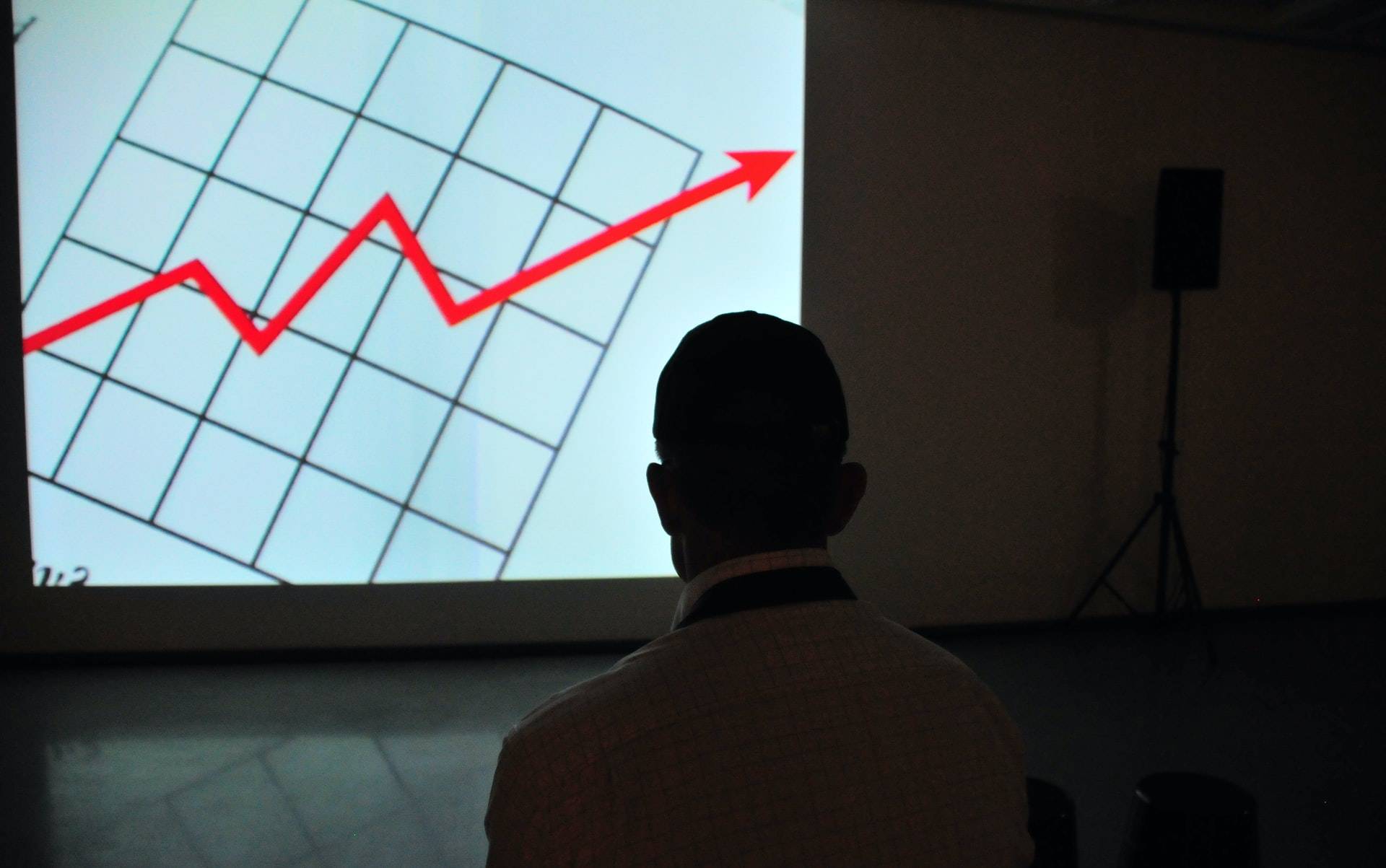The market’s attention begins to focus on the upcoming meetings of major central banks. Next week, we will learn the ECB and Canada’s decision, followed by the Fed. Over recent days, many voices emerged from representatives of these institutions. Decision-makers aimed to cool the market’s high expectations concerning interest rate cuts, which worked to some extent. Weekly data from the United States once again showed the strength of the labour market. Consequently, the dollar gained value, and yields on US bonds rose.
The economic forum in Davos is ongoing. Christine Lagarde and some of her colleagues have indicated that the first potential downhill move in rates is possible in summer. An earlier decision is likely unrealistic, regardless of differing market opinions. The ECB likely will not change its stance at the meeting next week. Of course, the institution is probably concerned about the economic situation’s development in the eurozone. However, it also sees the risk of inflation growth and therefore wants to avoid taking hasty measures. The central bank representatives prefer to wait a bit longer to have more certainty that inflation will indeed return to the 2% target in a sustained manner.
Although yields have again slightly increased in recent weeks, they are significantly below the highest levels from last fall. Therefore, financing conditions remain better than they were some time ago, which should help the economy. Following this logic, it seems most probable that the ECB will exercise caution regarding preliminary interest rate cuts. No other major macroeconomic data are due before next week’s meeting, suggesting the economic situation will not undergo substantial changes.
Returning to the US, yesterday we learned the weekly labour market data. The number of unemployment benefit applications was the lowest since September 2022 (187k). This suggests that the labour market remains strong. The dollar’s reaction was noticeable. EUR/USD evened out Wednesday’s lows and dropped its rate to 1.0846 but in the afternoon and evening, the rate moved closer once again to 1.0890. Currently, the main currency pair is depreciating, and at the time of writing this commentary, it indicates a level of 1.0870.
It is worth considering that, at this point, the euro-dollar correction is approaching the scope of the decrease movement from the first half of December 2023. It is conceivable that such a regular pattern could emerge. The negative signal is that the rate is still below the line of the medium-term upward trend. A double bottom formation is visible on the chart (yesterday’s and Wednesday’s lows), suggesting we may soon see a slightly larger rebound above 1.09.
Łukasz Zembik, Oanda TMS Brokers
